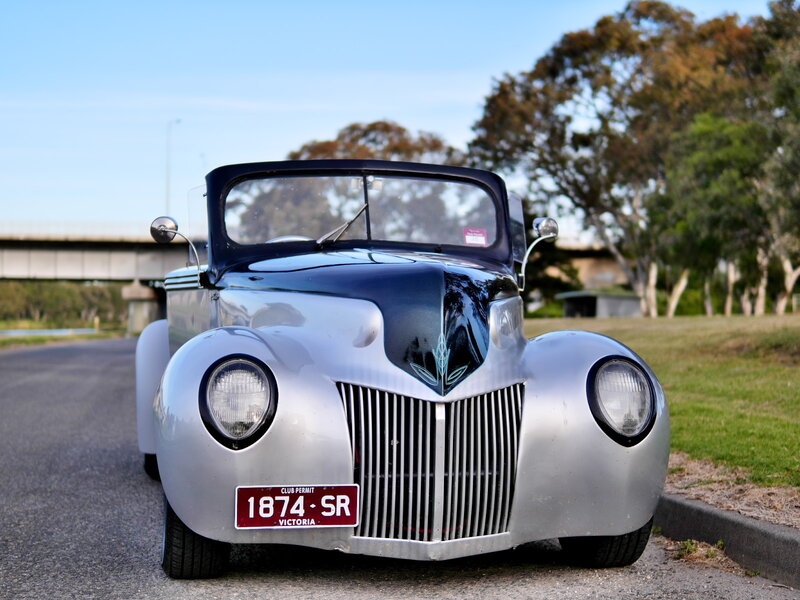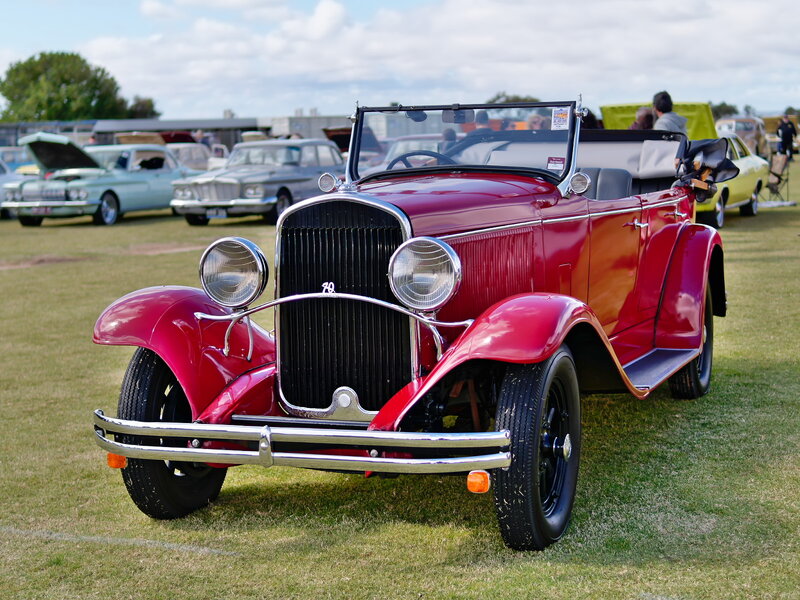3D pop is something a lot of people argue over because there are so many different ways of defining it. ^^;; Some people I've discussed with define it entirely as foreground/background separation - but while that's part of it, for me it's not sufficient. I define it in terms of my obsession with tonality - both with good microcontrast highlighting the sharp distinctions where surfaces meet and change (cracks, wrinkles), and with strong rendering of subtle tonal variations (defining the volume of an object as light plays across it, as with a sphere or a cloud). The PanLeica lenses I tried on M4/3 had it for me - the 15/1.7 and 12-60 - and so did the Lumix 20/1.7.
Right - you and I seem to look at it similarly. In the simplest of terms, I'm looking for a lens that makes the objects in the scene look
realistic. Which is to way, I want the 2D rendering of the scene to look three dimensional. Specifically when I am zoomed in 100% and looking at an area of the image that is in-focus. My S-Pro 70-200 F2.8 gives this 3D rendering; my 70-300 does not. Not that the 70-300 looks soft; it just looks flat in comparison.
Note that for me, the "viewing at 100%" is an important piece of this. I do believe that nearly most any modern lens can make a scene look 3D when you down-sample the image, particularly if you use a bit of output sharpening. But if you intend to print large - which means up-sampling the image - it seems to me that starting with the best possible fidelity is important, although I admit my experience in making large prints is limited.
BTW, I understand the skepticism many have for this. I used to have this same skepticism. However, last fall I was looking at an image made by my Sigma 65mm F2 - again at 100% - and I thought "gee, that looks nice & three-dimensional." And so I thought about all the discussions I've read about some lenses having "3D pop." And thought, "Nah, It's just the lighting." And of course, lighting is an important part of the equation. But to test that hypothesis - that's it's just the lighting - I made that same image with the same lighting using my 24-105, and sure enough I didn't see that poppy 3D rendering. There was lots of detail but it looked flat. And now I am on a quest, LOL, the first step of which was to buy the S-Pro 70-200 F2.8.
Anyway, call me mad if you want to, but this is where my head is at today. No promises as to what I will think tomorrow. I am still grappling with the importance of this rendering characteristic for landscape images (I do think that for something like product photography - like of a fine watch - the value of a 3D rendering is more obvious). Perhaps it's overkill for landscape, although I can see the difference, for example, in tree trunks looking more 3D with the beefy S-Pro. But would anybody actually care when looking at a landscape print - even a large one? Perhaps not; perhaps for that genre, it's like the rolling shutter effect - something we as photographers can obsess over, but most people don't even notice. A great scene is a great scene, period - right? And a great landscape composition would not be ruined by a "flat" lens, as long as the detail is there. But if a large, acrylic print could be made to look more like a window into the scene, wouldn't that make it an even better print? Hopefully I'll find out soon enough.
Others I tried that were supposed to have it - the Contax/Zeiss Vario-Sonnar 35-70/3.4, for example - didn't really do it for me. They had good microcontrast but (at least in the pics I took with it) not the tonal shading.


